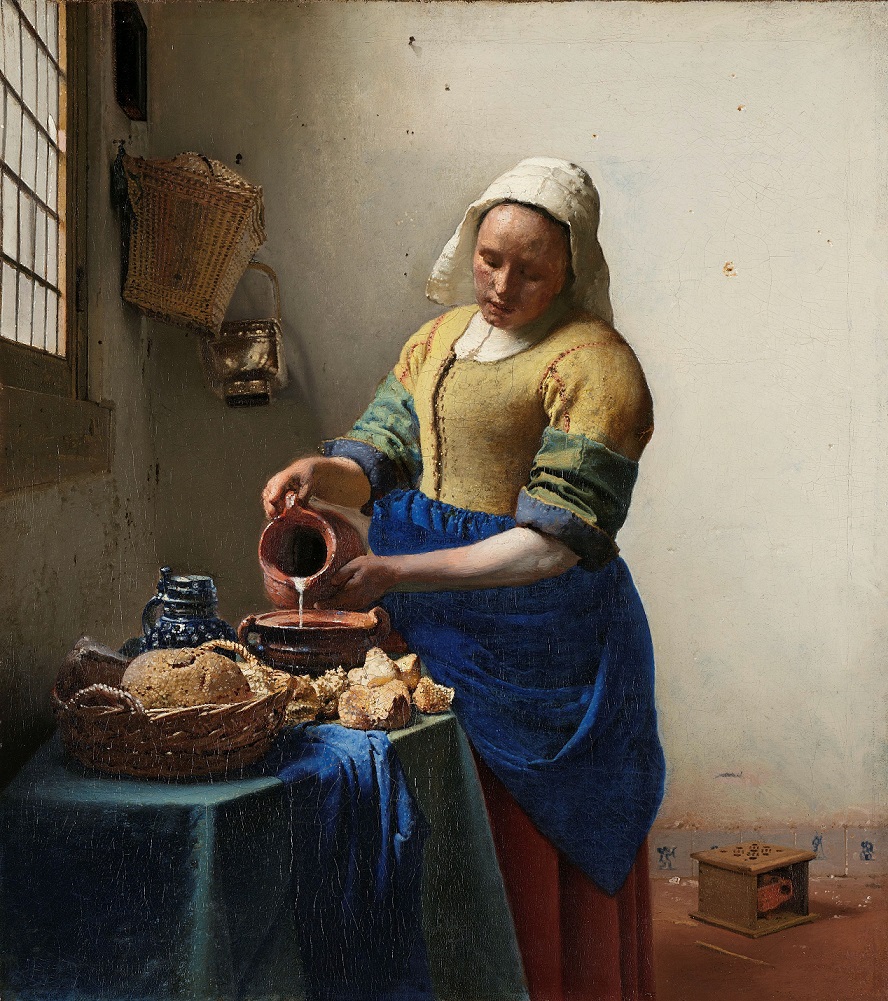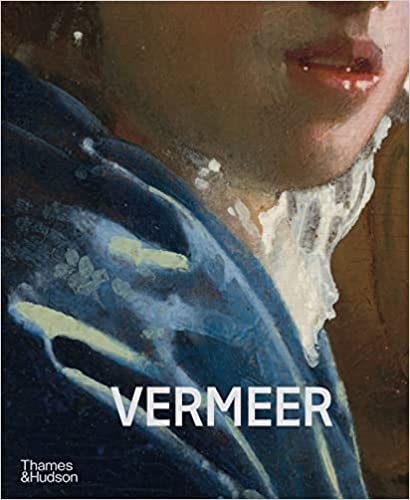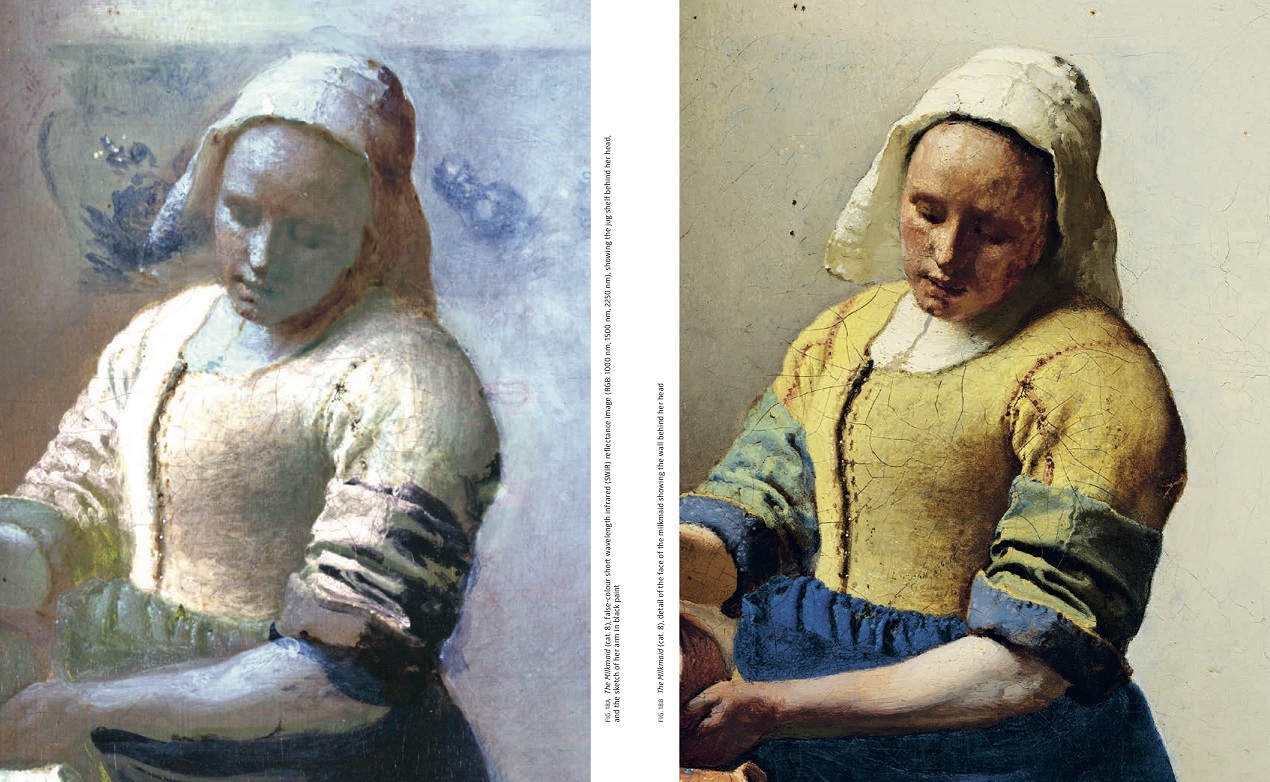The current Vermeer exhibition in Rijksmuseum in Amsterdam has long been completely sold out and were it to be extended for another four months it would probably sell out again.

Sean Sheehan
With no chance of seeing the largest collection of his paintings ever brought together in one show, the catalogue of the exhibition becomes a book to treasure.
Sixteen essays make up the catalogue’s textual component, beginning with details of the thirty-seven paintings that are now attributed to Johannes Vermeer (the exhibition has twenty eight of them).
An accompanying image of each work, at 1:10 scale, shows how the artist moved from large history pieces to those smaller scenes of everyday life that so entrance viewers, and numbers under each illustration refer to pages in the book where the work is discussed.
Page numbers in bold point to where the painting is pictured in the catalogue – and it is these reproductions that bring you as close as possible to the experience of standing before the canvases in Rijksmuseum.
“The Milkmaid” is one of the most recognized paintings by Vermeer and parts of it are reproduced eleven times across the book.
Two of the reproductions compare the same upper half of the woman but in one of them, as revealed by technical research, there is a shelf with jugs hanging from knobs on the wall behind her head.
 The artist then changed his mind and painted over the shelf so that what is now seen behind the woman is a plain plastered wall; directing attention on the simplicity of the scene.
The artist then changed his mind and painted over the shelf so that what is now seen behind the woman is a plain plastered wall; directing attention on the simplicity of the scene.
The wall in “The milkmaid” shows signs of damp, suggesting the room is located in a lower part of the house where the woman pours milk from a jug into a bowl.
Another reproduction in more detail brings into focus nails and holes on the wall, mundane details that only heighten a small action in the life of a solitary female quietly absorbed in work; her concentration – a state of mind, after all – is rendered palpable in paint.
A particular moment like this, with time, space and light immobilized, is a characteristic of some of Vermeer’s most beguiling paintings: “Woman in blue reading a letter”, “Young woman with a lute”, “A lady writing”, “A maid asleep”, “Woman writing a letter, with her maid”.
Trying to figure out why Vermeer exerts such a hold over the viewer is part of the pleasure and edification in looking closely at his work.
 The pictorial, quasi-photographic nature of the paintings has something to do with it, as if someone stepped into these seventeenth- century interiors in Delft, the small town where the artist humbly spent his life, and unobtrusively took some pictures with a camera phone.
The pictorial, quasi-photographic nature of the paintings has something to do with it, as if someone stepped into these seventeenth- century interiors in Delft, the small town where the artist humbly spent his life, and unobtrusively took some pictures with a camera phone.
Their power over our gaze is also bound up with Vermeer’s impeccable mastery of perspective and the effect of light, so often coming in from the left, on vanished moments of life.
“Vermeer”, edited by Pieter Roelofs and Gregor J. M. Weber, is published by Thames & Hudson.












.jpg)












